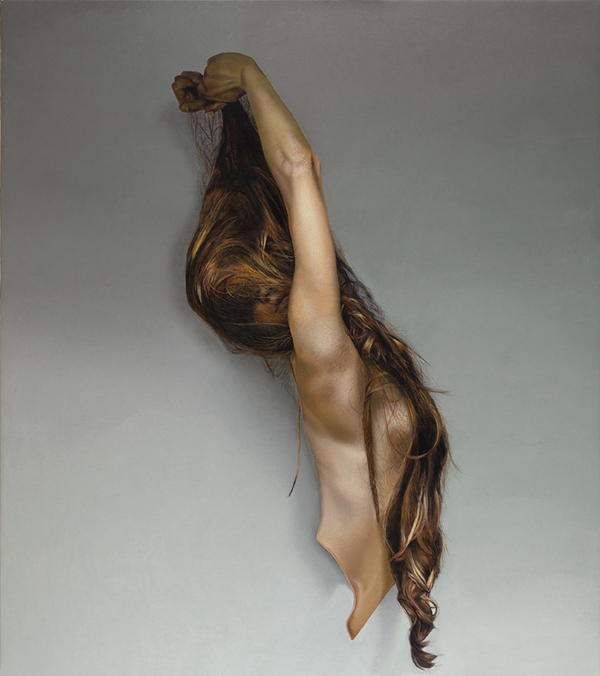October 27, 2024Don’t try to pigeonhole Jeremiah Brent. As a designer, he’s a generalist, at ease in many areas and with too many interests to count. On the West Coast, his projects range from a 1920s Spanish Colonial in the hills of Montecito to a modern palazzo in the Brentwood section of Los Angeles; on the East Coast, from a 19th-century townhouse in Manhattan’s Greenwich Village to a contemporary Palm Beach estate. Their common denominator: dramatic architectural flair and furnishings that are a chic, exuberant mix of eras and styles. “I love the juxtaposition of it all,” Brent says.


Among Brent’s widely published projects are his own homes with husband Nate Berkus, the most recent being a family compound in Portugal, whose completion is some years away. Since marrying, in 2014, the peripatetic pair has moved cross-country more than once — along with their adorable (and adaptable) children, Poppy, now nine, and Oskar, six — renovating and decorating about 10 different places together. As a couple, their telegenic charms have brought them renown as cohosts of multiple home-makeover shows, including Nate & Jeremiah by Design, for TLC, and HGTV’s The Nate & Jeremiah Home Project.

On his own, Brent is the principal of California- and New York–based Jeremiah Brent Design, founded in 2011, the year before he and Berkus met, and a fixture on rosters of the top industry talents, including the 1stDibs 50, Elle Decor’s A-List and Architectural Digest’s AD100. He has hosted and planned dream weddings for the Netflix reality series Say I Do and recently landed the plummiest role of his TV career, as the interior design expert on the beloved Netflix series Queer Eye. Brent’s debut season, the show’s ninth, wrapped in June. His first book, The Space That Keeps You, exploring the emotional significance of home through 300 sumptuous photos, was published last winter by Harvest Books.

All that makes Brent, who celebrates his 40th birthday November 24, a perfect curator for 1stDibs’ Decades collection, a wide-ranging sampler of the most eye-catching material currently offered for sale on the site. The focus is on 20th- and 21st-century design, including Art Deco, mid-century modern, Space Age and contemporary, a reflection of Brent’s eclectic tastes.
Brent’s selections encompass the grand and the modest, at price points from five figures to three. “Investing in smaller antique pieces can be just as impactful as investing in something large,” he points out. His curation leans into European art and design, particularly Italian. For example, there’s a 1950s mixed-media work by Roman Expressionist painter Giovanni Stradone.


“Nate and I both love its effortless brushstrokes and distressed frame,” Brent says. A 1960s mahogany-and-grasscloth cabinet by Angelo Mangiarotti, distinguished by quirky carved legs, “feels soft yet strong,” he remarks. “I love the balance of texture and scale.”
Another super-functional choice is an Italian travertine table from the ’70s. “It’s an incredibly versatile piece,” he says. “I can see it as an entry table in a foyer or a dining table in an apartment kitchen.”

The 1920s are represented by, among other picks, a Dutch oak magazine rack with a bold modernist profile. “This piece embodies the best of Art Deco design and could be woven into any space,” Brent notes. One of the well-priced contemporary pieces that earned his imprimatur is an unusually textured stoneware vessel by American ceramist April Johnston inspired by the colors and topography of California’s beaches and deserts. “Vessels of varying origins and heights create my favorite vignettes,” the designer says.
For a deeper dive into the thinking behind Brent’s choices for the collection, read on.

You place great stock in the emotional connection to one’s home. Where do things figure in? How do the pieces chosen to furnish and decorate one’s home affect the way one feels?
I think the most important aspect of things is the art of collecting over time. Houses and apartments can come and go, but if you wake up in a new space one day and see the piece of art gifted by your spouse on your thirtieth, the chair you bought with your first real paycheck and the pottery you’ve collected on trips over the years, you’ll always feel at home.


Your curation for 1stDibs ranges over a century, from the nineteen twenties to the present day. Is there a period that’s your personal favorite?
I always find myself bridging the nineteen seventies with the nineteen thirties in design. That’s where my true personal aesthetic lies — Geometric references, pewter finishes, unexpected silhouettes.
Can you give us an example of a risky or unexpected combination of objects from different periods that worked out better than you thought it would?
In our entryway, we have a nineteen-thirties Louis Dierra glass armchair paired with an eighteenth-century stone table, a nineteenth-century lantern and a minimalist painting from 1976. The myriad of references initially felt too broad but now feels like the perfect way to introduce our home to guests. The canvas of white walls leaves room for the pieces to live comfortably with one another.

People can be timid about mixing periods and styles. Any tips for doing it in a foolproof way?
Ensure that there’s a cohesive thread throughout the space, whether it’s flooring, wall color or lighting. That consistency will tie together any unexpected layers of design.
Is there a historic space you’d love to design, or redesign?
The White House! I’ve always said, if I weren’t a designer, I’d be a politician. I think there’s a way to bring its history into a contemporary yet timeless light. My dream is to design for Kamala Harris. I’d bring in strong yet feminine lines and a warm, sophisticated palette.



